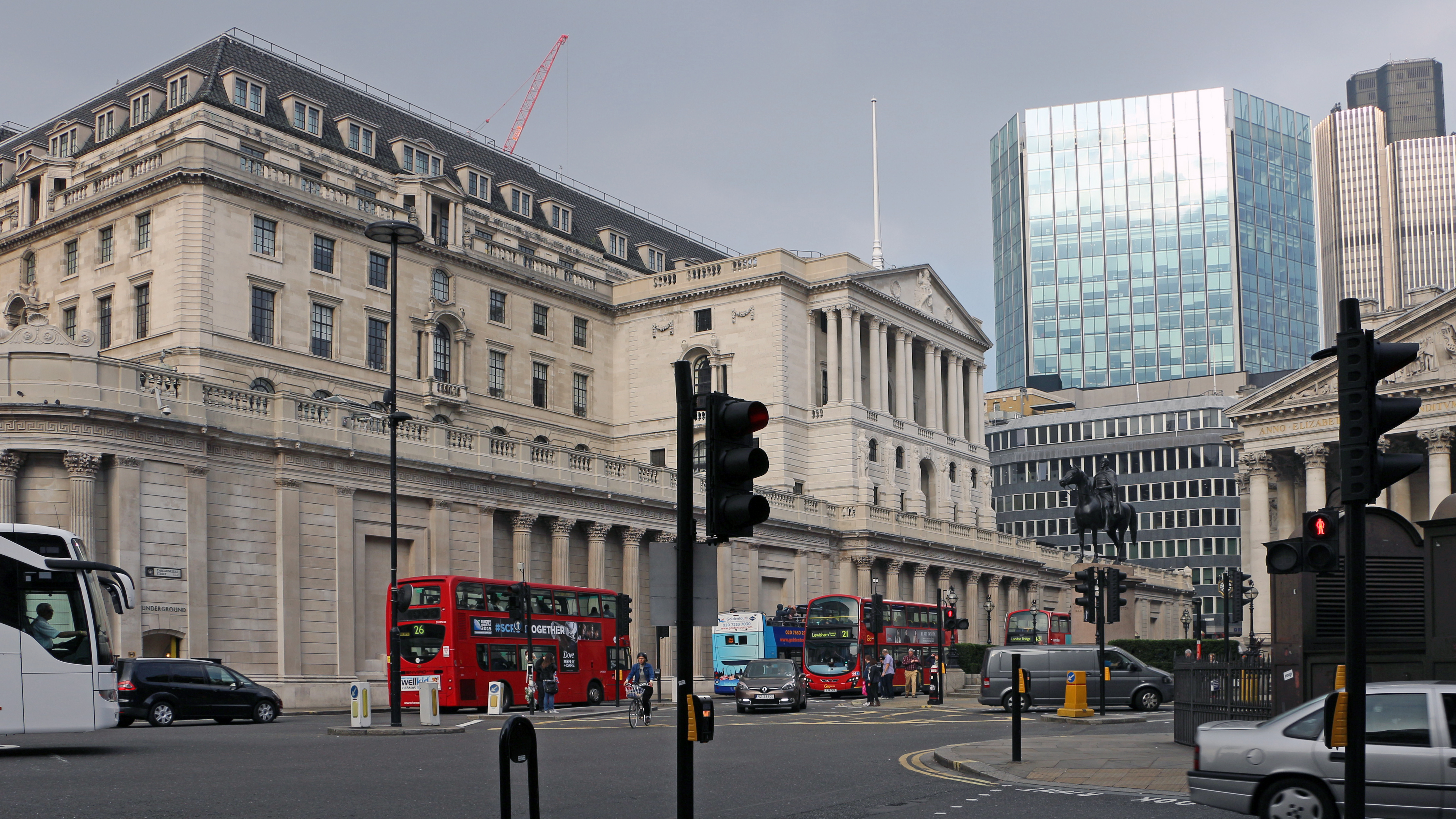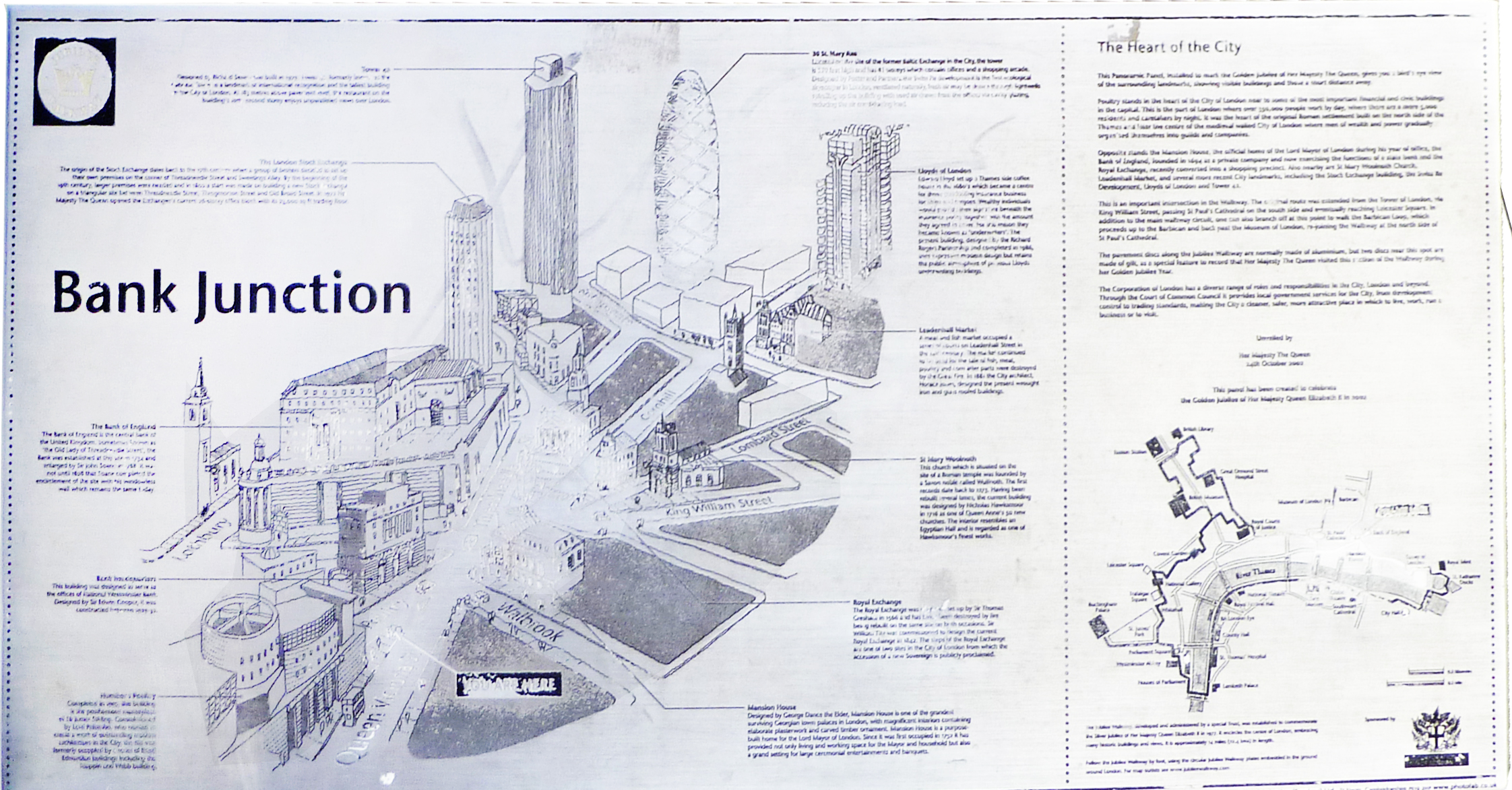Bank Junction to be pedestrianised with a Democratic Allocation of Street Space DASS

The Guardian reported (on 20th November 2015) that ‘The City of London Corporation, local authority of the Square Mile, is to close off the whole of the famous yet famously inhospitable Bank junction to all motor vehicles except buses, starting late next year. Chairman of Planning and Transportation Michael Welbank describes this complex of Mammon’s crossroads as “dysfunctional, dangerous, dirty, congested and polluting” and “completely inappropriate to form the heart of a modern city.” If it works, the plan could set a standard for the rest of London to follow’. I am very pleased. In the mid-1980s I turned off here on my bike heading for London Bridge when a bright red Ferrari sounded like an F-15 hurtled past me. A motor cyclist then drew up beside me and said ‘God, that man nearly killed you’. That’s when I started wearing a cycle helmet for all the good it might have done me.
Congratulations to the Stop Killing Cyclists campaign. The City Corporation had been thinking about closing Bank Junction to non-bus traffic and was goaded into action by a protest. We live in very safety-conscious times and cyclists have had far more success campaigning on this issue than on any of the sustainability objectives which bicycle transport so obviously serves.
The City Corporation’s statistics for human and vehicular use of te Bank Junction are revealing. During the morning rush hour there are:
- 18,000 pedestrians
- 4,500 people aboard 220 buses (ie 20.45 people/bus)
- 1,600 cyclists (up from 700 in 2010)
- 1,600 people in 1,430 motor vehicles (the number of taxi passengers can’t be >1600-1430=170)
There is a strong case for what can be called a Democratic Allocation of Street Space (DASS). Pedestrians must have priority. They form the largest group and on a per/person basis they take up the least space. Therefore Bank Junction should be re-designed as a pedestrian plaza with accommodation only for need-to-drive vehicles. Bus passengers appear to come next in the pecking order for space allocation but several factors count against them (1) the current fleet of diesel buses produces substantial negative side effects (noise, pollution, accidents etc) (2) we can guess that only 25% of passengers alight at bus stops near the Bank (3) bus occupancy ranges from 90% a peak periods to 10% off peak. Cyclists form the next largest group of users and their number is increasing at a rate that may soon be found in other parts of Central London because other mechanical travel modes cannot keep up with London’s fast-rising population. Unlike buses, bicycles produce no negative side-effects of the kind which weigh heavily against buses in cost-benefit analysis. The fourth category ‘motor vehicles’ is obviously the least deserving of scarce street space. It comprises private cars, taxis and other commercial vehicles. Deliveries should take place between 10pm and 6am.
I look forward to the landscape architecture competition for the re-design of Bank Junction and then to the application of DASS-based planning throughout Central London. The DEFRA Noise Map data and the DFT Traffic Count are available online.

